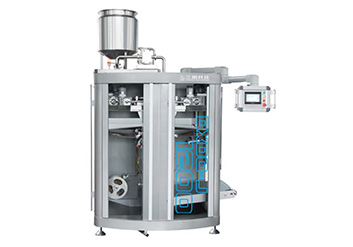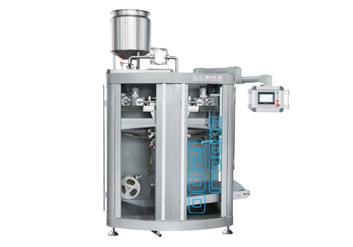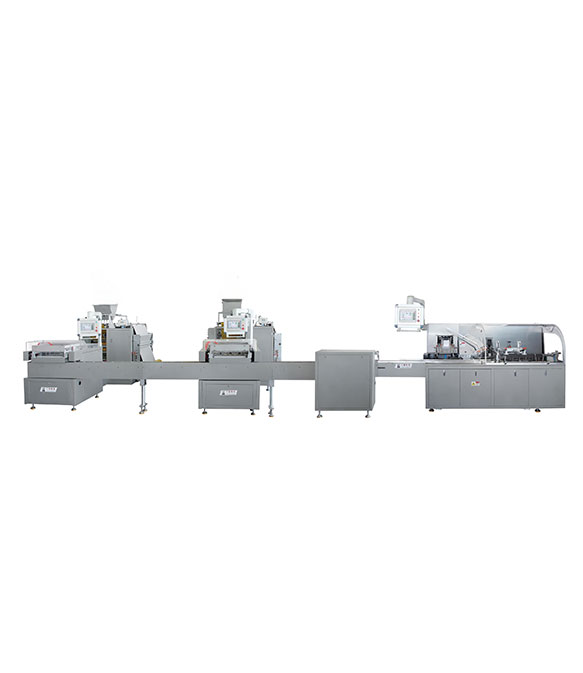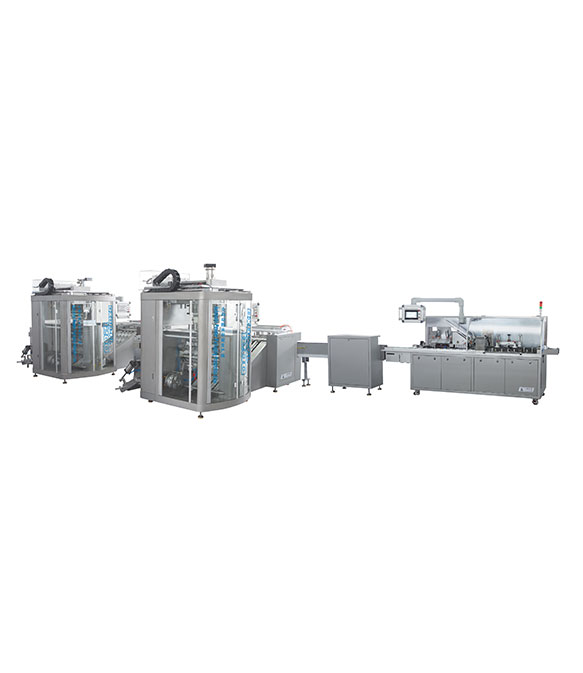Mayonnaise is a popular condiment used worldwide, known for its creamy texture and rich flavor. However, its freshness and safety depend heavily on storage conditions and ingredients. Understanding the factors that affect mayonnaise shelf life can help maintain product quality, reduce waste, and ensure consumer safety.
1. Mayonnaise Shelf Life
1.1 Unopened Mayo
Commercially produced mayonnaise has a relatively long shelf life when unopened. It is typically pasteurized and sealed in airtight packaging, allowing it to remain safe for consumption for 6–12 months past the production date. The presence of preservatives and acidic ingredients like vinegar or lemon juice inhibits bacterial growth.
1.2 Opened Mayo
Once opened, mayonnaise becomes more vulnerable to spoilage. Air exposure introduces bacteria and moisture, reducing its shelf life to 1–2 months if stored in the refrigerator. Always use a clean utensil when scooping mayonnaise to prevent contamination.
1.3 Homemade Mayo
Homemade mayonnaise lacks industrial preservatives and pasteurization, giving it a much shorter shelf life. It should be consumed within 3–4 days and kept refrigerated at all times. Using pasteurized eggs can help reduce the risk of bacterial contamination.
2. Factors Affecting Mayonnaise's Shelf Life
2.1 Packaging Material
Packaging directly impacts how well mayo is protected from air, light, and microorganisms. High-quality, airtight packaging is critical:
Plastic jars: Most commercial mayo uses opaque plastic jars, which block light (light can break down oils and cause spoilage) and maintain a tight seal.
Glass jars: Some premium mayo uses glass jars, which are non-porous and easy to clean—but they require a secure lid to prevent air leakage.
Role of packaging machines: Advanced equipment like sanyang’s Sauce Packaging Machine ensures consistent, airtight sealing during production. This machine minimizes air trapped inside the container, reducing oxidation (a major cause of rancidity) and extending the product’s unopened shelf life.
2.2 Raw Materials
The freshness and quality of raw materials—especially eggs and oils—directly affect how long mayonnaise lasts. Poor-quality or contaminated ingredients can accelerate spoilage even in ideal storage conditions.
2.3 Recipe
The ratio of oil, egg yolk, and acid (like vinegar or lemon juice) influences mayonnaise stability. Higher acidity helps suppress microbial growth, while improper emulsification can cause separation and faster spoilage.
2.4 Temperature
Temperature control is one of the most critical factors. Mayonnaise should be stored below 5°C (41°F). Exposure to high temperatures causes the emulsion to break and encourages bacterial growth. Always refrigerate mayonnaise immediately after use.
2.5 Air Exposure
Oxygen promotes oxidation and discoloration in mayonnaise. Keeping the container tightly closed reduces air contact and prevents off-flavors.
3. Spoil Indications
Spoiled mayonnaise is easy to identify through changes in odor, color, or texture. A sour smell, yellowish tint, or watery separation suggests the product is no longer safe. Mold or bubbling indicates bacterial activity, and the mayonnaise should be discarded immediately.
Possibility of Food Poisoning
Consuming spoiled mayonnaise can lead to foodborne illnesses such as salmonella or listeria infection, especially in homemade versions. To avoid this, always check expiration dates, store correctly, and discard mayonnaise that shows signs of spoilage.
Conclusion
The shelf life of mayonnaise depends on its ingredients, packaging, and storage conditions. Using high-quality raw materials, maintaining proper temperature, and employing reliable packaging solutions like SANYANG’s Sauce Packaging Machine can significantly extend mayonnaise freshness and ensure food safety for consumers.








